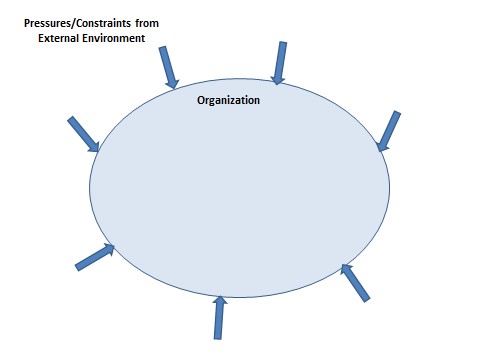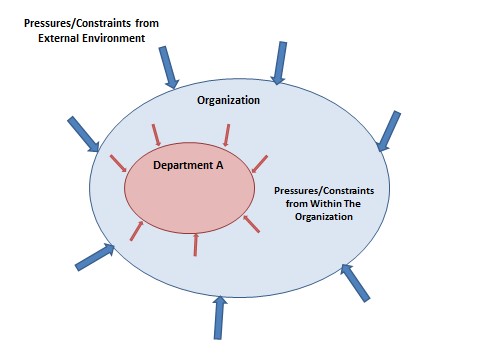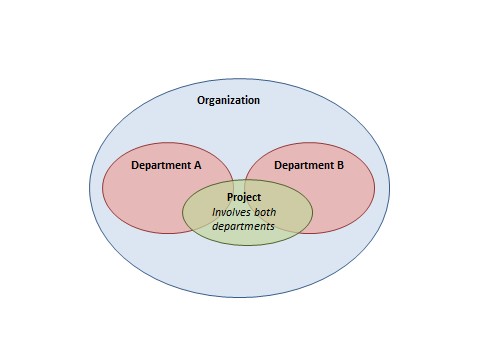
External Environment Analysis A Forgotten Gem
If you’ve ever been on any business analysis training that has focused on strategy analysis, you probably came across a range of techniques for examining the external business environment.
These are techniques for assessing the current situation, looking outside of the organization. You may have come across acronym based techniques such as STEEP, STEP, PESTLE or even STEEPLE. These are all essentially similar techniques, and in fact calling them “techniques” is a little grand in my view. They are really thinking tools—like an “aid memoir”— that helps us think of different external forces that might affect us.If you’ve ever been on any business analysis training that has focused on strategy analysis, you probably came across a range of techniques for examining the external business environment. These are techniques for assessing the current situation, looking outside of the organization. You may have come across acronym based techniques such as STEEP, STEP, PESTLE or even STEEPLE. These are all essentially similar techniques, and in fact calling them “techniques” is a little grand in my view. They are really thinking tools—like an “aid memoir”— that helps us think of different external forces that might affect us.
Traditionally, these techniques are thought of as being utilized at somewhat of a macro level. They work well to examine the external factors for a whole organization or division. My preferred acronym of choice is STEEPLE:
- Social
- Technological
- Economic
- Environmental
- Political
- Legal
- Ethical
It is easy to see how this tool could be used during strategy planning to examine the factors that affect a whole organization. There might be legal factors that enable or constrain the way business is done. Perhaps there are social changes that affect the way we deliver a service (“there’s an increasing expectation for immediacy of the products once our customers have ordered them. People think in hours and days, not weeks”), or there might be legal or regulatory factors (“we have to be very careful with data—for both ethical and legal reasons”). At first glance it might seem difficult to see how this is useful for project-based or product-based business analysis. Yet this is one of those techniques that can be applied at a high level and a more granular level too. It is a technique that allows us to ‘zoom in’ as well as ‘zoom out’. To explore this further, we need to ask our self “what do we mean by external?”.
It’s all about the boundaries
Whilst tools such as STEEPLE are traditionally considered useful for examining factors affecting whole organizations, they work equally well for examining factors which affect divisions, teams, or even (controversially) projects. There will be different factors “pressing in” at each layer. This is perhaps best demonstrated with a series of diagrams.

Figure 1: External Environment
In figure 1 we can see an organization in its external environment. The external environmental ‘STEEPLE’ factors are ‘pushing in’. The organization is affected by the external factors, and in some cases its actions affects them (the actions of banks might change a regulators approach, for example).
Now, if we look at a department within the organization, we can see that it too is subject to these external forces—but it is also subject to more ‘proximate’ forces that are put upon it by the organization itself. The organization may have given it a limited budget (economic), or perhaps there are different teams fighting for control of a particular resource (political). This is shown in figure 2.

Figure 2: Expanded View.
In reality, of course, we’ll likely be working on a project, product or initiative that spans multiple departments. A simplified view is shown below, which doesn’t show the external forces. However, if you were working on this project you can see that there would be ‘external’ STEEPLE—like factors to consider from departments A, B, the organization as well as the external environment:

Figure 3: Simplified View with Project
Whilst C-level strategists might be focusing only on the top level items, as BAs we need to work with our stakeholders to understand the constraints, opportunities and threats at each level. Organizations can be somewhat inward-looking in their approach, and there may be little point delivering something that we think is perfect (that our competitors have already usurped). A mail order retailer might think it’s a real coup to shave its parcel delivery time from fourteen to ten days. This is somewhat of an irrelevance if there are other retailers offering overnight delivery. STEEPLE can be used formally or informally, sometimes it is enough to just keep the factors in mind. Other times it can be useful to carry out a formal analysis exercise.
Micro and Macro
As practitioners of business analysis it’s crucial that we understand the micro as well as the macro level issues. We need to ensure the change aligns with the internal as well as external environment. As well as ensuring that it meets national or international legislation, we need to ensure that it fits with internal policy—which we can think of as being a bit like internal “laws”. Or if not, we need to challenge and seek to change that policy.
A key thing for us to keep in mind is that STEEPLE factors are not within our direct control. We might be able to influence or lobby to change them, but they are beyond the direct control of us (and our project or initiative). STEEPLE can be a useful technique, whether used formally or informally with our stakeholders, to uncover these factors. It examines external factors, but what is considered ‘external’ largely depends on where we draw the boundaries!